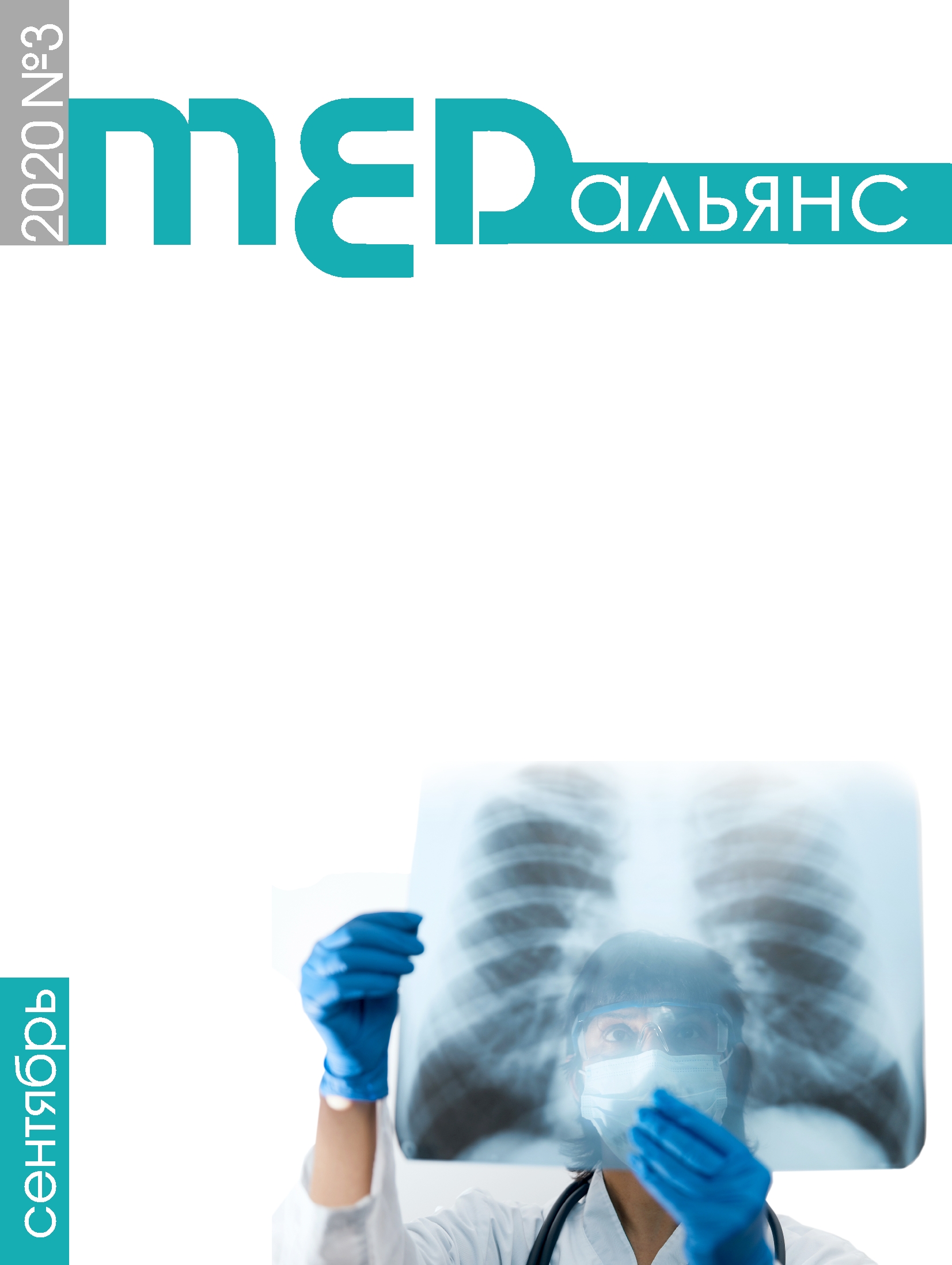Abstract
Unsatisfactory quality of root canal treatment is one of the most important problems of modern dentistry. One of the reasons is the limited knowledge of dentists about the regional features of the endodontic teeth anatomy, which is becoming particularly relevant in the rise of migration activity of the Russian population. But compared to other countries, there are very few studies and publications in this field in Russia.
Objective. Study the features of first molars’ root canals’ anatomy in patients from different regions of Russia.
Materials and methods. 363 cone-beam computed tomography scans of the jaws of patients 26 to 64 years of age, living in Moscow and St. Petersburg for at least four generations have been considered. The endodontic anatomy of 347 first molars of the upper and 611 lower jaws was studied. The number of roots and root canals, their structure and shape were determined.
Results. Anatomical differences in the structure of the first molars’ root canals were established in residents who resided in Moscow and St. Petersburg for several generations. Variations in the number of roots and root canals were found in the upper jaw molars. As for the canal-root system of the lower molars, most often they were characterised by different variants of the cross-section and the number of canals in the distal root.
Conclusions. The results of the study can be used in practical dentistry, as they allow the dentists of St. Petersburg and Moscow to expand the current understanding of the root system structure and the frequency of possible variations in these regions.

